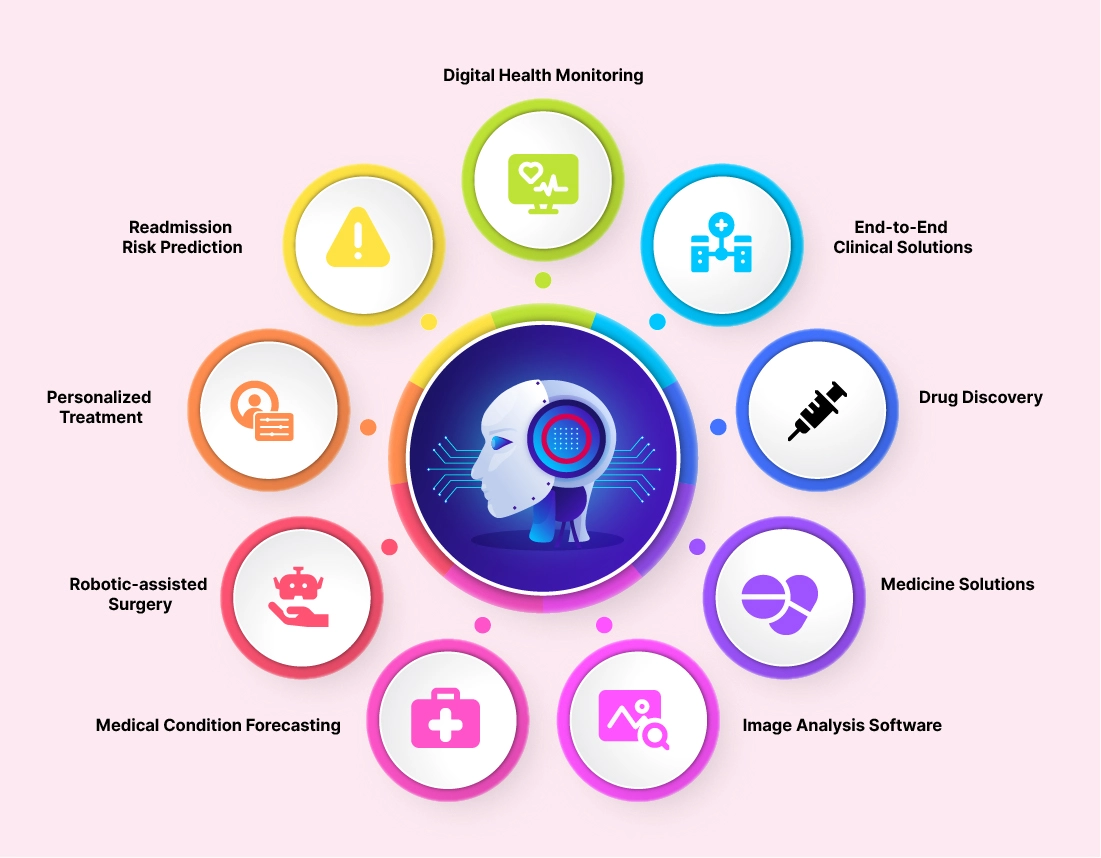7 Ways AI Can Transform Beyond Chatbots (2024 Insights)
Explore how AI's potential extends beyond chatbots to revolutionize healthcare, climate science, and more. Discover the real impact of AI innovation.

Chatbots and AI: Are We Wasting the Real Potential of Artificial Intelligence?
The recent opinion piece titled “Chatbots Are a Waste of A.I.’s Real Potential” published by The New York Times has sparked a significant debate about the trajectory of artificial intelligence development and deployment. While chatbots like ChatGPT and Bard have captured public imagination and commercial interest, experts and critics argue that focusing predominantly on conversational AI risks sidelining AI’s broader and more transformative capabilities.
The Rise of Chatbots: Accessibility and Popularity
Over the past few years, generative AI chatbots have surged in popularity, with hundreds of millions of users worldwide experimenting with AI-powered conversational agents. These bots are accessible, user-friendly, and versatile, performing tasks from drafting emails to coding assistance and creative writing. Their widespread adoption is partly due to platforms offering free or premium services, democratizing access to advanced AI.
Governments and organizations have considered large-scale deployment of AI chatbots to enhance public services. For instance, there were discussions about the UK government partnering with OpenAI to provide enhanced chatbot access to its citizens, although official acknowledgment of such plans was denied. Nonetheless, the enthusiasm signals the chatbot’s role as a flagship AI application.
The Critique: Chatbots Are Only the Tip of the AI Iceberg
Despite the buzz, many AI researchers and technologists caution that chatbots represent a narrow application of AI’s full potential. The New York Times opinion piece argues that focusing predominantly on chatbots reduces AI to “sales agents” or customer service tools, which underutilizes the technology’s ability to address complex societal, scientific, and environmental problems.
This criticism centers on several points:
-
Superficial Interaction vs. Deep Impact: Chatbots excel at mimicking human conversation but often lack true understanding or reasoning, leading to superficial interactions that can misinform or frustrate users.
-
Missed Opportunities in Other Domains: AI’s capabilities in areas like healthcare diagnostics, climate modeling, scientific discovery, and automation promise profound societal benefits that are overshadowed by the chatbot craze.
-
Environmental and Ethical Concerns: The environmental cost of training large language models powering chatbots is significant, contributing to increased energy consumption and carbon emissions. Furthermore, ethical issues like labor exploitation in data annotation and biases in AI outputs demand attention beyond consumer-facing bots.
The Broader AI Landscape: Challenges and Opportunities
Generative AI chatbots are powered by large language models (LLMs) trained on vast datasets, which require substantial computational resources. This raises concerns about sustainability and equitable AI development. For example, some reports highlight that workers in regions like Kenya have been paid minimal wages to help curate data for these models, questioning the human cost behind the technology.
On the positive side, large-scale public access to AI chatbots has created a global experiment in AI adoption and literacy, enabling millions to explore AI’s capabilities firsthand. This democratization may drive innovation and demand for more responsible and impactful AI applications.
Moving Beyond Chatbots: Harnessing AI’s Real Potential
Experts suggest that for AI to fulfill its promise, investment and focus must shift toward applications with measurable societal impact:
-
Healthcare: AI-powered diagnostics, personalized medicine, and drug discovery can revolutionize patient outcomes.
-
Climate Science: AI can optimize energy systems, model climate change effects, and support environmental conservation efforts.
-
Education: Personalized learning and automated tutoring systems can make education more accessible and effective.
-
Scientific Research: AI can accelerate discoveries across physics, chemistry, and biology by processing vast datasets and identifying novel patterns.
Conclusion: A Call for Strategic AI Development
While chatbots have introduced millions to the power of AI and serve useful functions, the focus on conversational agents risks overshadowing AI’s transformative potential in solving urgent global challenges. The conversation sparked by the New York Times opinion piece is a timely reminder for policymakers, researchers, and industry leaders to redirect AI innovation toward applications that deliver meaningful social, environmental, and scientific impact.
The future of AI depends not just on how well machines can talk, but on how effectively they can think, analyze, and solve real-world problems beyond the chat window.


